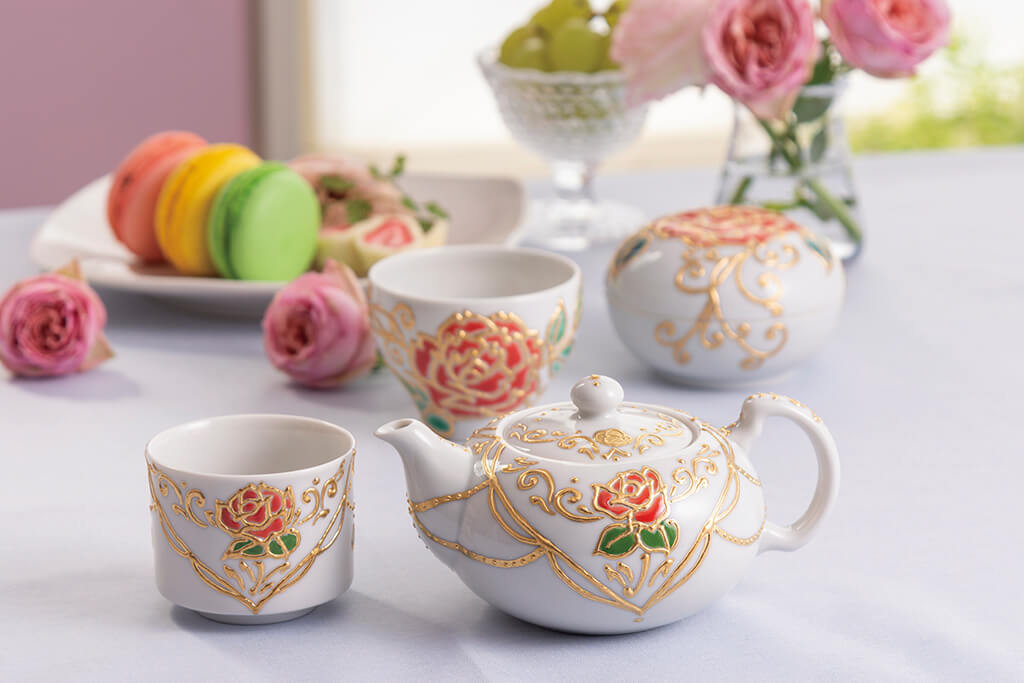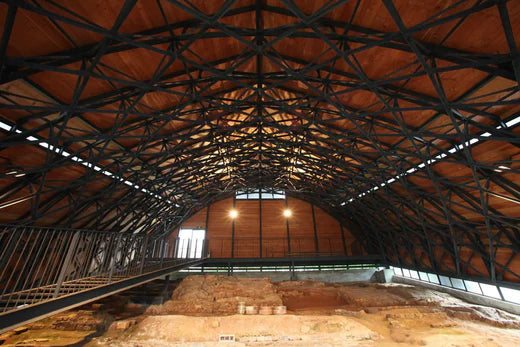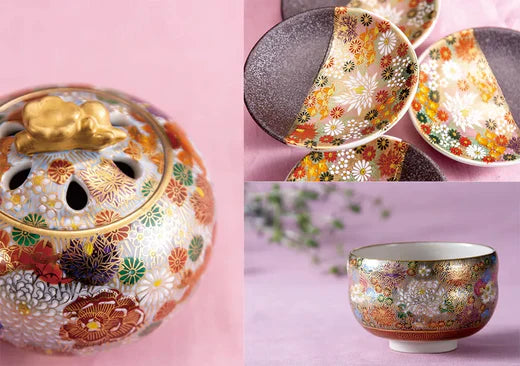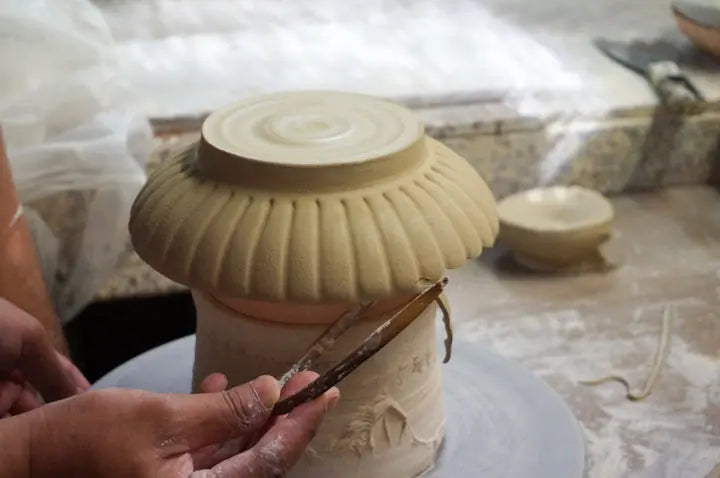Kutani Yaki Technical Training Institute | Putting Kutani Yaki to Work
Ishikawa Prefectural Kutaniyaki Technical Training Institute
Graduation works show The technical skills and originality fostered
What you can learn at the Training Institute
Attractive instructors
Career Opportunities after Graduation





























